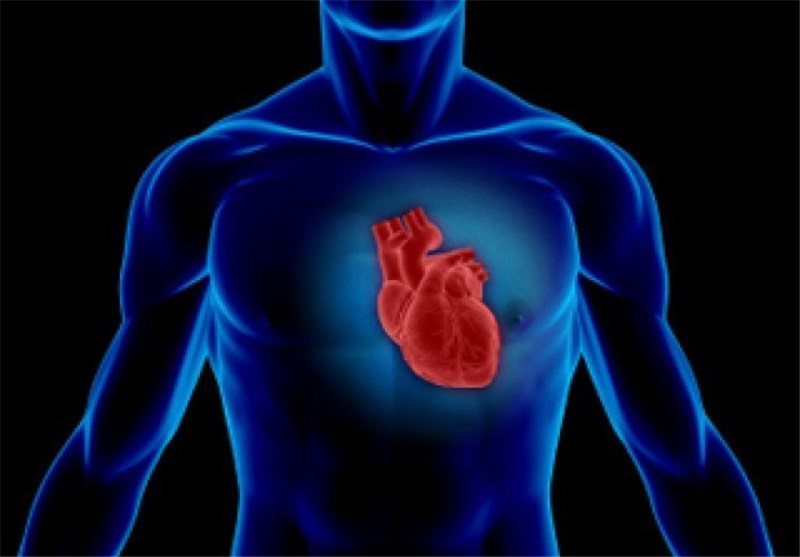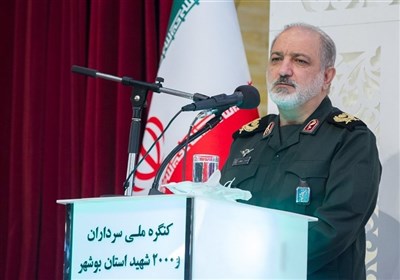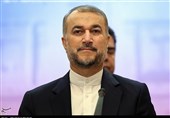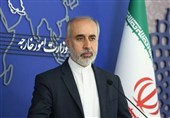Link between Heart, Blood Cells in Early Development
TEHRAN (Tasnim) – New research reveals endoglin as a critical factor in determining the fate of early undifferentiated cells during development.
Endoglin, a receptor involved in cell signaling, has previously been known mostly for its function in blood vessels and angiogenesis. In a new paper published in the journal Nature Communications, researchers from the University of Minnesota showed endoglin modulates key signaling pathways to encourage early cells to develop into blood cells at the expense of the heart.
"During the early stages of development, cells have to make decisions very quickly," said Rita Perlingeiro, Ph.D., professor of Medicine in the University of Minnesota Medical School's Cardiovascular Division. "Fine-tuning of these early cell fate decisions can be easily disrupted by levels of key proteins within these cells. When one cell type is favored, this implies less of another. In this case, high levels of endoglin expression enhance the cell differentiation into blood cells, whereas cardiac cells are in deficit."
June Baik, PhD, a member of the Perlingeiro's lab, and the leading author of this study, wanted to pinpoint the mechanism underlining the dual function of endoglin in blood and cardiac cell fate. She manipulated the levels of endoglin in differentiating mouse pluripotent stem cells as well as primary heart cells from zebrafish and mice. Her findings confirmed the endoglin expression connection.
The next step was to further understand the molecular regulation associated with endoglin's function in this differentiation process. By looking closely at the pathways of development and differentiation, the research team identified JDP2 as a novel and important downstream mediator sufficient to induce blood fate when the endoglin signaling is disturbed.
"The blood and heart systems are the first organs to develop in mammals, but the mechanisms regulating these earliest cell fate decisions are poorly understood," said Perlingeiro. "By using multiple model systems, combined with specialized cell sorting technology and sequencing tools, our findings help uncover mechanisms previously unseen in the few cells engaged in these early development decisions."
Perlingeiro points to a great opportunity to collaborate on next steps, identifying this as an interesting area to pursue in relation to the role of endoglin in congenital heart defects.
"The importance of these studies by the Perlingeiro laboratory is the discovery of key regulatory factors governing blood and heart formation," said Daniel Garry, M.D., Ph.D, director of the Lillehei Heart Institute at the University of Minnesota, and co-author in this study. "The clinical significance of these findings rests in the possibility of targeting these newly discovered networks to promote the development of blood or heart tissue in congenital diseases and following injuries in adults."





